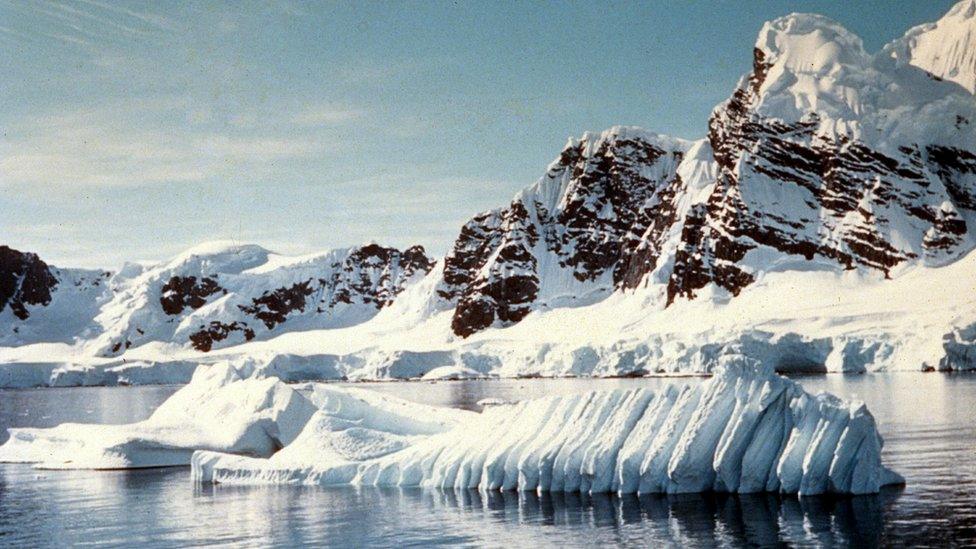Climate change: Ozone layer 'healing and back on track'
- Published
- comments
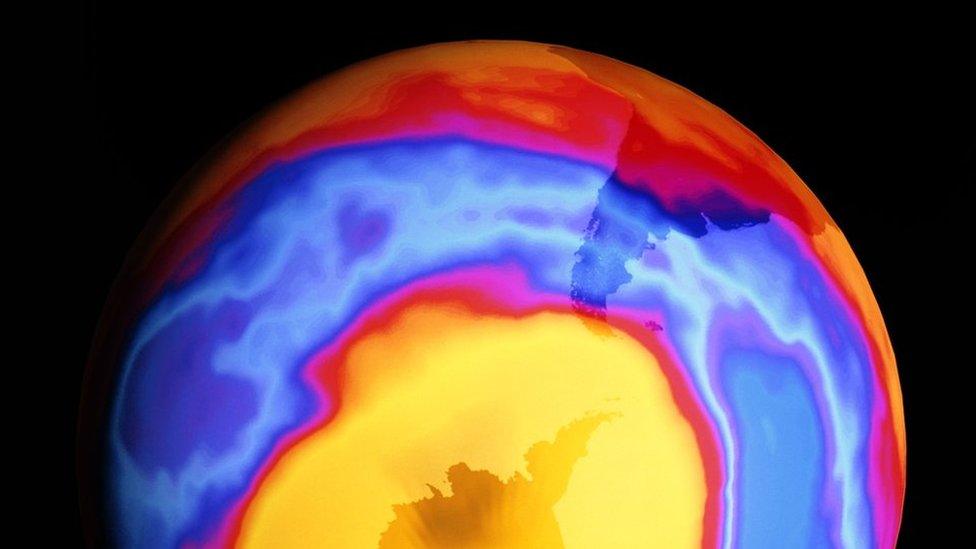
The ozone hole over Antarctica in the year 2000
The amount of harmful chemicals being released into the atmosphere is steadily declining, according to scientists, meaning that the ozone layer is starting to heal.
The ozone layer is a thin part of the Earth's atmosphere that absorbs most of the ultraviolet radiation from the Sun.
It comes after a study in 2018 found CFC (chlorofluorocarbons) production occurring in Eastern China, which could have slowed the healing of Earth's protective ozone layer.
However, stopping that production appears to have helped and researchers say the recovery of the ozone layer is now "back on track".
CFC stands for chlorofluorocarbons.
This family of chemicals has seen widespread use in refrigeration and in aerosol cans. Their role in destroying the ozone layer has been known since the 1980s.
Almost every country banned the production of CFCs from 2010.
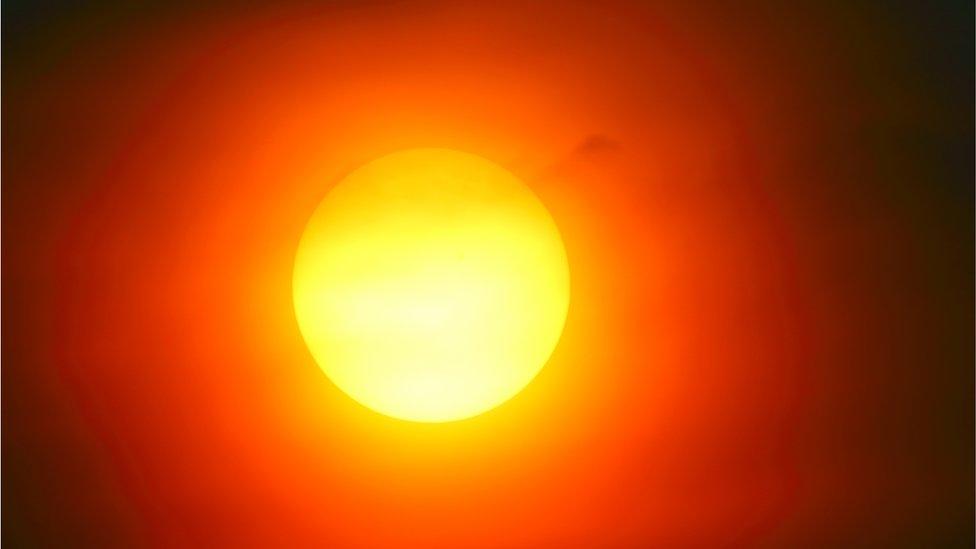
The ozone layer protects the Earth from the power of the Sun
Why does the ozone layer matter?
The ozone layer is a thin part of the Earth's atmosphere that absorbs most of the ultraviolet radiation from the Sun.
When it is damaged, more of this UV radiation can reach the surface - causing potential harm to humans and other living things.
Ultraviolet rays can damage DNA and cause sunburn, increasing the long-term risk of problems such as skin cancer.
What did the scientists discover?
Two studies in the journal Nature have been published based on work carried out over several years by an international team of researchers.
The first paper reveals that global emissions - of one particular type of CFC, trichlorofluoromethane (CFC-11) - decreased in 2019. This decline was not surprising as it corresponds with a global ban on CFC production.
That ban was put in place by the 1987 Montreal Protocol - an environmental agreement signed by almost every country that banned the production of CFCs from 2010.
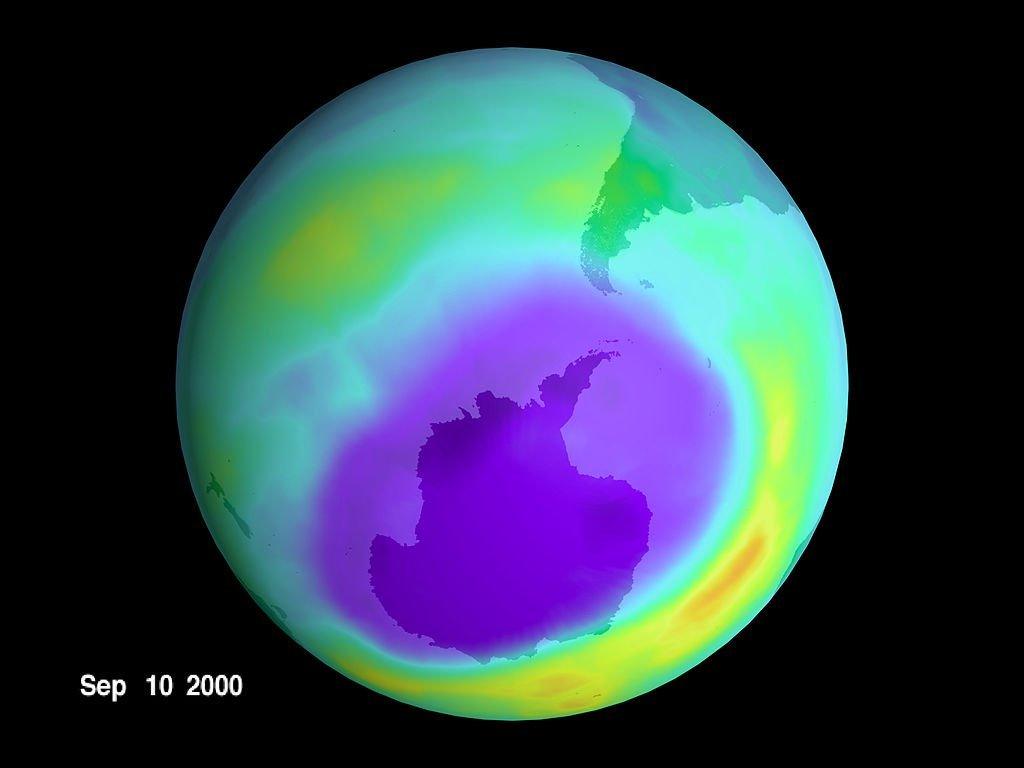
Back in 2000, Nasa released this image of a large hole in the ozone layer three times bigger than the USA
"Things seemed to be going to plan," explained Dr Luke Western, an atmospheric scientist from the University of Bristol.
But in 2018, a study revealed that "the concentration of CFCs in the atmosphere wasn't falling as quickly as we would expect".
"That's where it all started - we wanted to know what was happening," said Dr Western. "The work I was involved in showed that this [extra CFC-11] was primarily coming from East China."
Later this century we should see recovery of the ozone layer back to levels that we saw in 1980
How did they know where the chemicals were coming from?
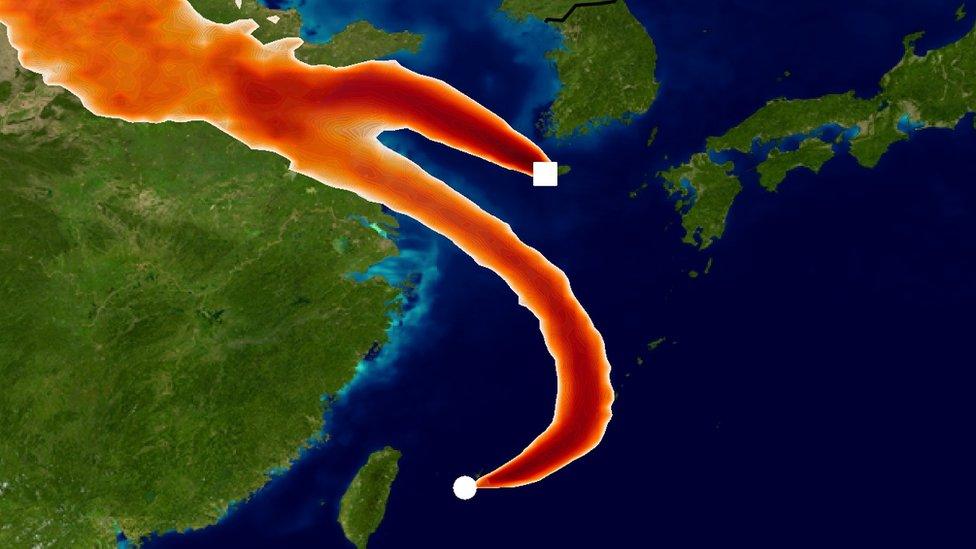
Monitoring stations in Korea and Japan were key to detecting the mystery sources of the harmful CFC-11 chemical
Dr Western and his colleagues used data from air monitoring stations in South Korea and Japan to find out the source of the chemical.
The Environmental Investigation Agency (EIA) and environmental journalists then found that it was being used by companies in the region to make polyurethane insulation foam - which is a material put inside the walls of buildings to keep them warm.
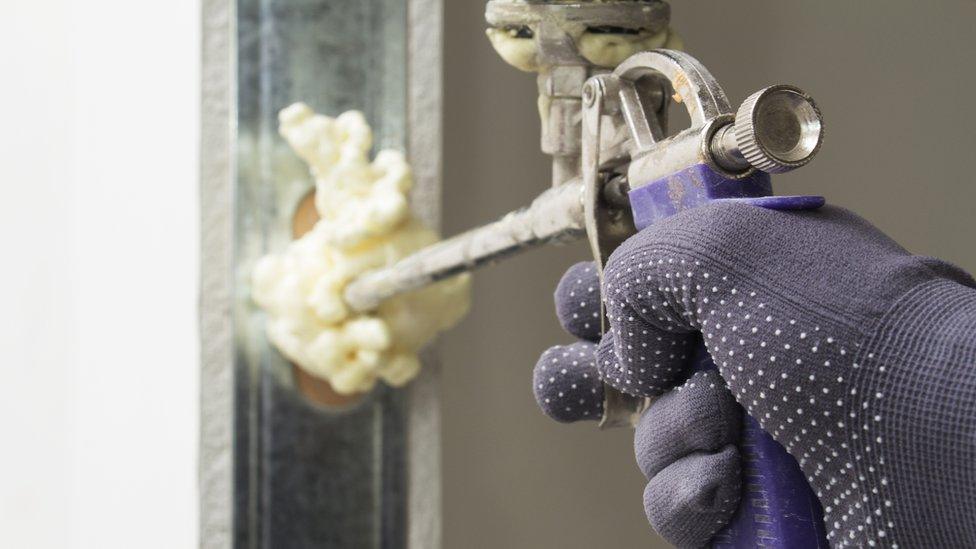
Much of the CFC-11 gas produced in Eastern China has been used in home insulation
"First we noticed that the pollution spikes in the region were falling, so likely the nearby polluters were stopping, or at least reducing, their emissions. And then we saw that, in 2019, emissions had really fallen back to the levels we hadn't seen since before 2013, which is when we first saw this uptick," Dr Western added.
The scientists say that while the scale of this illegal production may never be revealed in full, the combination of chemistry, investigative journalism and enforcement of the Montreal Protocol has avoided significant delays to the healing of the ozone layer.
- Published1 July 2016
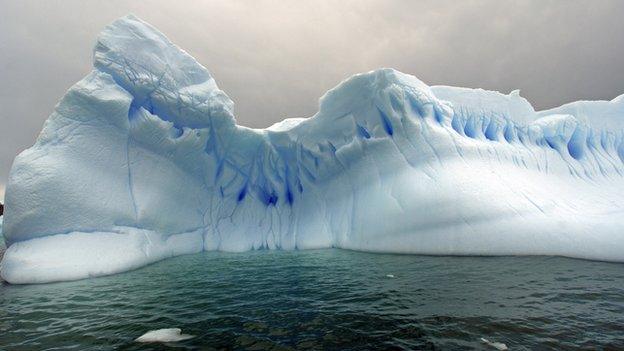
- Published19 August 2020

- Published26 January 2021
